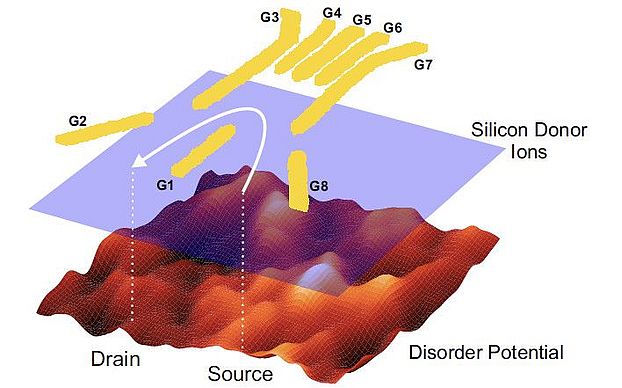On arXiv: Bridging the reality gap in quantum devices with physics-aware machine learning

We employ physics-aware machine learning to infer the disorder potential of a nanoscale electronic device from electron transport data. The algorithm uses an approach combining a physical model, deep learning, Gaussian random fields, and Bayesian inference. The algorithm is validated by verifying the gate-voltage predictions to produce the double quantum dot regime in a surface-gate defined GaAs device, finding good agreement. This helps bridging the gap between real devices and their simulations, facilitating the optimisation and scalability of solid-state quantum devices.
Oxford-Basel collaboration lead by Natalia Ares and her group at Oxford on a Basel device.
